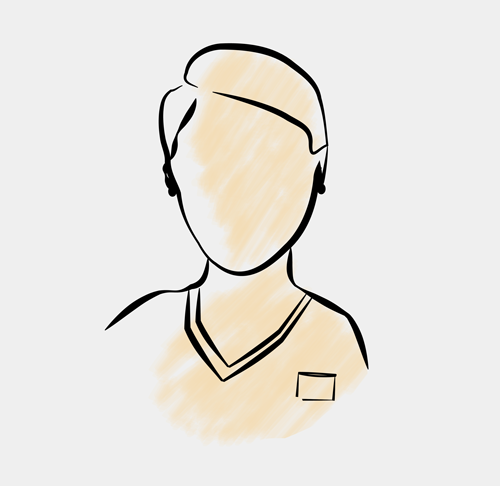Potential complications during childbirth
Most births go without a hitch. Indeed, obstetricians, midwives, nurses and auxiliary nurses are highly proficient and can draw on vast experience that enables them to deal with any situation. However, childbirth can be risky, both for the mother and child.
Potential risks for the baby during childbirth
Remarkable progress has been made in the field of obstetrics, and complications during childbirth are increasingly rare. Nonetheless, some do exist and can affect the baby’s health and development. For example:
- Complications during childbirth: maternal-foetal infection, inhalation of amniotic fluid, hyaline membrane disease (or respiratory distress in the newborn).
- Premature birth: a premature birth is a birth that takes place before 37 weeks of pregnancy (amenorrhea). The care given to a premature baby depends on how early it was born. Extremely premature babies can suffer neurological, visual, auditory and/or sensory repercussions if the neonatology unit fails to administer the proper care.
- Foetal distress: during a difficult birth, the baby may show signs of distress, characterised in particular by an abnormal heart rate pattern. In this case, the doctor will decide to switch the birth method to speed up delivery. Often, the baby will be later looked after in the neonatal ward.
- Neonatal resuscitation: about 1% of babies require neonatal resuscitation immediately after birth. The reasons for this include respiratory failure or if the baby’s lungs haven’t developed properly, the causes of which can be many.
A post term birth can also have consequences for newborns.
Potential risks for the mother during childbirth
Complications during childbirth can also affect the mother:
- During childbirth, the perineum can tear: the perineum is sutured immediately after the baby is born and the placenta expelled.
- Postpartum haemorrhage: this can occur several hours after the birth, which is why new mothers are carefully monitored after labour and required to report any significant bleeding.
- Thromboembolic disorders: these can arise during the six weeks following the birth, due to the damage caused during labour. The risk of complications is higher after a caesarean section than a vaginal birth.
- Complications caused by high blood pressure during pregnancy: mothers who develop high blood pressure during pregnancy should be monitored after giving birth to avoid cardiovascular problems.
- Amniotic fluid embolism: this is when amniotic fluid enters the mother’s bloodstream. It can affect both the mother and the foetus, causing respiratory failure and cardiac arrest.
- New mothers may also develop postpartum infections in the scar (perineal or caesarean section), uterus, kidneys, bladder, breasts or lungs.
- Retained placenta: following a vaginal birth, the doctor or midwife will have to remove the placenta manually if it isn’t rapidly expelled, a procedure that’s performed under an epidural or general anaesthetic. In a caesarean section, the surgeon will always remove the placenta manually.
Elsan maternity clinic solutions for dealing with complications
Elsan is fully aware of all potential complications during childbirth and our clinics are perfectly equipped to deal with them, making the birth the most wonderful experience of your life! Elsan’s maternity clinics guarantee, in particular, individual support from medical teams, a 24/7 emergency service and a neonatology unit in each establishment.








